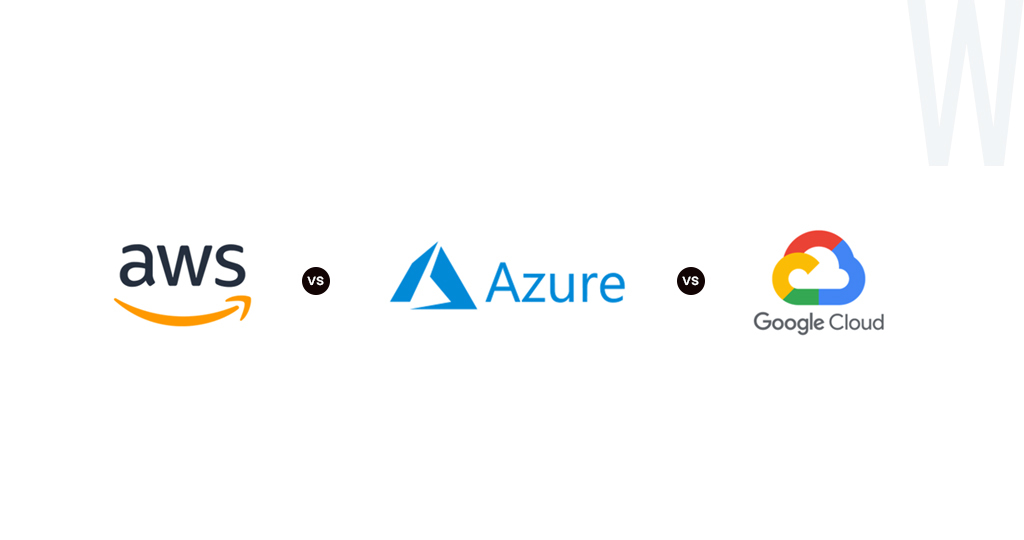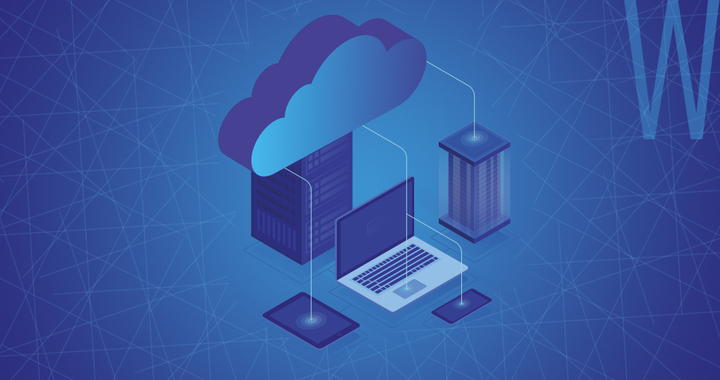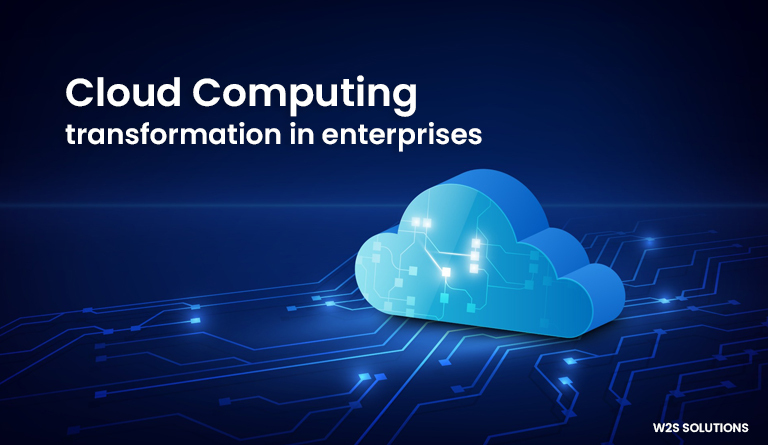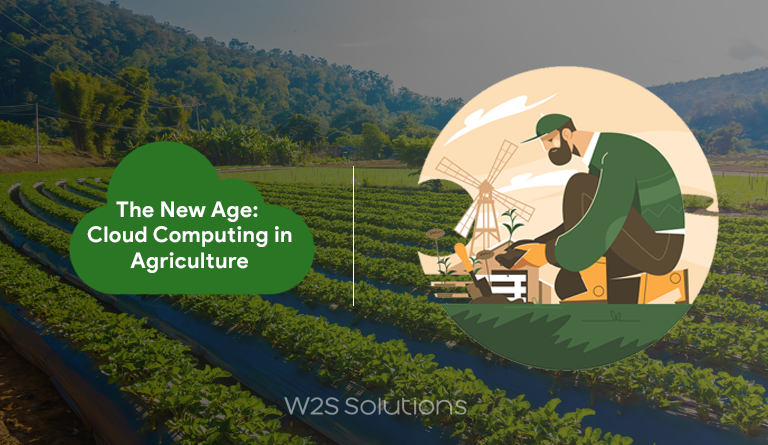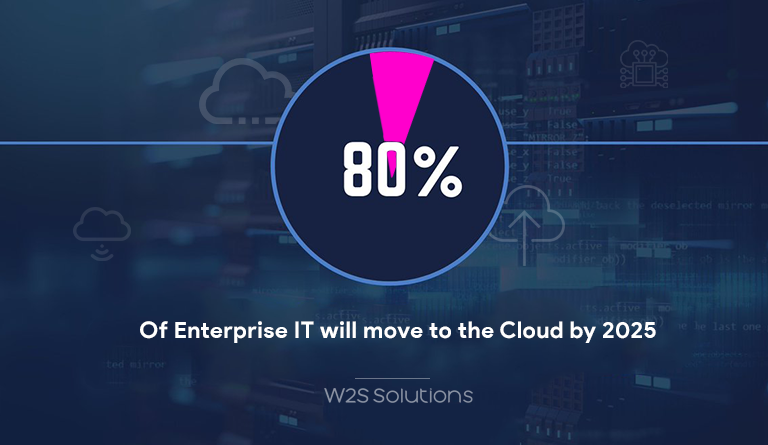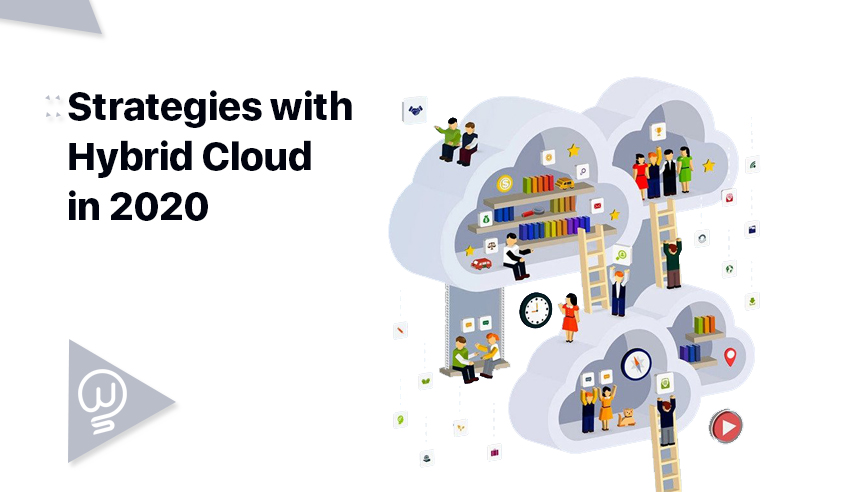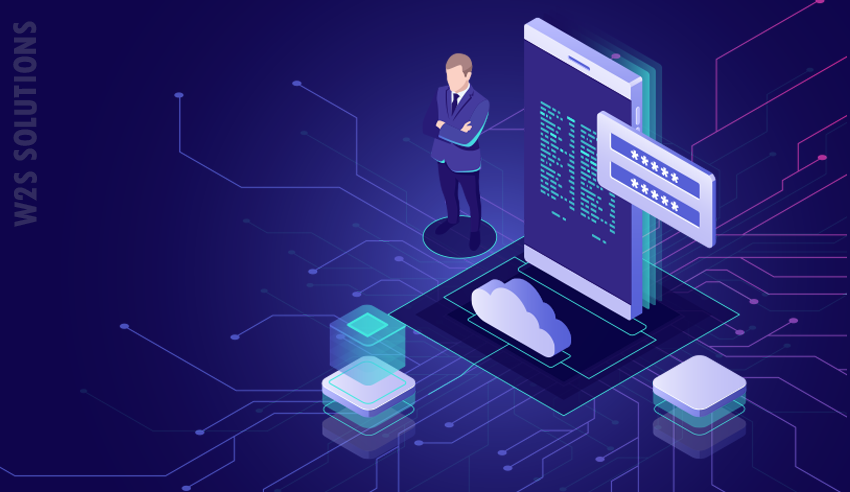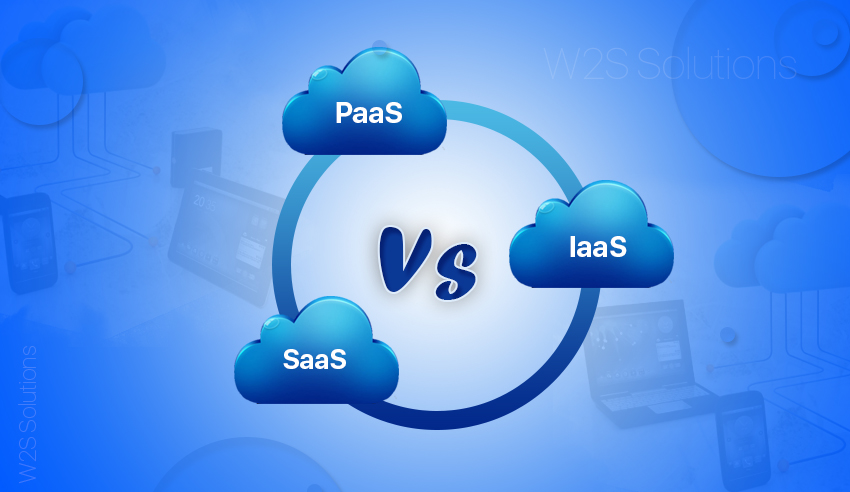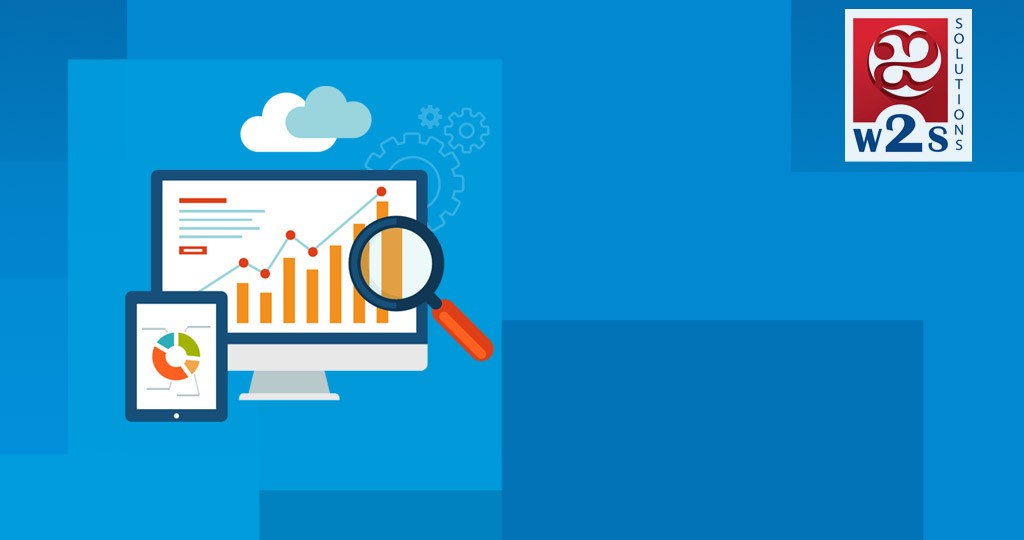TABLE OF CONTENT
Companies are increasingly storing their data in cloud settings in the current digital era. Sensitive data kept in the cloud may be attempted accessed by hackers and cybercriminals, and data breaches can cause significant damage to enterprises. Thus, businesses must take action to safeguard their cloud-based data.
Data is a priceless resource for businesses and their customers. Having readily available, well-protected data and meaningful analytics provides you with a competitive edge in the market, encourages business innovation, and increases customer happiness and loyalty. Businesses now routinely swap out antiquated, on-site file storage systems for more modern cloud-based solutions.
But the rise of cloud computing and cloud-based storage has multiplied opportunities for hackers and other undesirable people to attempt to access and corrupt your data.
Security is the main issue, according to 66% of IT professionals, when utilizing platforms for enterprise cloud computing. These concerns range from account takeovers to serious data breaches, as well as the possibility of malicious actors operating within the company hierarchy.
So what steps should businesses take to safeguard cloud data? The definition of cloud-based data protection, its difficulties, and the best techniques businesses may use to safeguard data in a cloud environment are all covered below. You’re at the proper place if you own a business and are unsure of the difficulties you’ll have in safeguarding your data in a cloud environment. In this post, we’ll look at how the cloud protects its data, and what it can take to protect your data’s privacy and security.
What is enterprise data protection?
The rules and practices for handling data can change depending on how it is used and how important it is. For instance, multi-factor authentication, access restrictions, and encryption techniques can be used to protect highly secret data.
In general, data protection helps to safeguard all data-using devices and safeguard your company from data loss. Data security rules and standards are used to oversee and manage the entire process, along with basic information security technology like firewalls and antivirus software.
Learning about cloud data protection
Data privacy and security in the cloud must be set up to safeguard all sorts of data in order to offer the best level of security, including
- Data in use: With user authentication and access control, this is data used by a program or application
- Data in transit: This is confidential information being transmitted across a network using encryption
- Data at rest: This term describes data that is currently being stored locally or in the cloud
It also comprises protecting data privacy by establishing control access for particular segments, which makes sure that only a small number of authorized individuals have access to crucial and sensitive data.
Benefits of using cloud data protection
Businesses are quickly realizing how much more affordable and convenient it is to run when technology and assets are moved to the cloud, or at the very least, to a hybrid cloud environment.
The following are some advantages of cloud data protection:
- Ensures cloud data safety and applications across various environments while maintaining total information in every client, folder, and file activity
- Recognises and constructively responds to hazards such as security concerns, dubious program usage, malware, and others
- Increases security precautions
- Develops policies
- Prevents and finds data loss
Problems of data protection in the cloud
The following difficulties could impact businesses:
-
Data visibility:
Keeping an accurate catalog of all cloud services and data is essential for cloud data safety, but it may be challenging for businesses.
-
Application Program Interfaces (APIs):
These are the most widely used method of using and integrating cloud technologies, but they are also the least secure. Both staff and customers can use them through mobile or web applications. APIs are an ideal target for attackers since they are readily accessible to the public and have well-documented internal workings.
-
Denial of Service (DoS/DDoS attacks):
The goal of Distributed Denial of Service (DDoS) attacks is to overload a web server or other critical system with traffic such that it is unable to respond to legitimate requests. Because cloud computing relies on dispersed shared resources and uses a variety of virtualization technologies, DDoS is more complex and challenging to detect and counteract.
-
Differences:
Because many cloud service providers have unique capabilities, cloud data protection may vary. These flaws can be exploited by malicious hackers to cause security breaches, the loss or theft of trade-sensitive data, personal information, or financial data, malware infections, or online ransomware infestations.
-
Bad user experience:
Internet traffic redirection through security devices in your legacy infrastructure will impede the speed of your applications and annoy your users, yet adding more appliances to boost performance is expensive and utterly unrealistic. Furthermore, traditional systems weren’t built to support a rising workforce that works remotely or to handle abrupt spikes in remote access during emergencies.
How is data on the cloud protected?
These techniques are all designed to keep data in an organization’s ownership in the case of a malware attack, data loss, or any circumstance that might take advantage of the vulnerability of cloud data.
Other popular techniques for protecting data include authentication, access control, and secure deletion, but these are more about data security than protection. These techniques are employed by organizations either to keep dishonest or careless users and staff away from data or to completely shield the data from them.
Standard security procedures are also important for preventing data breaches. It’s crucial because cloud workloads are particularly sensitive. Organizations and their cloud service providers must comprehend the consequences of cooperation to reduce total data risk.
How should businesses protect their cloud data from the main threats?
Security threats rise as a result of the numerous stakeholders who access cloud systems. This is especially troubling when sensitive data, like private client information, is available on the cloud. Recently, cloud breaches cost Accenture, Facebook, Cognyte, and LinkedIn money, client confidence, and brand reputation. Inconsistent cloud data protection procedures frequently lead to more data breaches and, as a result, higher fines for breaking data protection laws. The most recent iteration is a thorough redesign created to stay up to date with technological and social changes, including the usage of cloud services, and guarantees that people have an adequate level of data protection.
As organizations work to balance the need for innovation with compliance obligations, the rise of data sovereignty legislation poses a difficulty. This is particularly important for businesses that use cloud services from international providers since these businesses have to deal with the extra complexity of data sovereignty in a cloud-based environment.
How can W2S Solutions assist with cloud services security?
For businesses using the cloud, whether in a hybrid or cloud-operated system, there are numerous factors to take into account. Risks exist at every level of data generation, transport, and storage, which is why businesses require cloud security providers that are highly skilled, knowledgeable, and experienced, with the newest tools and approaches.
It’s crucial to implement some fundamental best practices, such as file encryption, strong credential restrictions, and endpoint device security. Moreover, strategies for preventing data loss and strengthening systems include routinely testing, maintaining built-in systems, and replicating and backing up data.
Due to the shared duties between the business and its security provider, an architecture that is secure from outside attacks and mistakes is possible. When required, a third-party supplier offers a better standard of cloud data security and accessibility. Top cloud security companies like W2S Solutions can help in overcoming obstacles in cloud-based systems and implementing best practices.
Conclusion
The most precious resource for every business is data. A corporation may better its product, marketing, business, etc., based on the quality and quantity of data it has. Consider how important the information is to you and how much protection is appropriate while deciding on the best strategy to safeguard it. Decide what amount of privacy and hence what level of security you require as your first step. Even a two-step verification including SMS with a code delivered to your cell phone may seem onerous if you do not actively use the Internet for work, but the majority of individuals who use email for transferring business data value this option. The good news is that there are many cloud security controls we can put in place to make sure that private information is never compromised. Cloud computing providers like W2S Solutions help you leverage the performance, cost-efficiency, and security benefits offered by cloud computing.
Having a dependable business partner who is knowledgeable about privacy, security, and cloud deployments is essential. Moreover, mid-sized and small enterprises must follow in the footsteps of larger organizations and establish security measures to safeguard data from insider and external threats as we go into the age of data protection.
Cloud storage is not for everyone, but if your company uses it for data maintenance, you’ll find it worthwhile to pay for safe and secure data storage. Hence, attempt to find a delicate balance between the necessary level of protection and the time, effort, and financial investment.
Get in touch with the expert consultants at W2S Solutions to see what kind of security measures would be necessary for your data on the cloud, considering the various factors influencing decision.
Frequently Asked Questions
The quality of service determines the level of security of a cloud solution. People believe that online banking is safe because of the banking industry’s stringent security standards. Similarly, cloud solutions are more secure than traditional on-premise solutions for a variety of reasons. Using a cloud provider ensures that the servers hosting your company’s data are regularly updated with the most recent security measures, perform auto-patching, and have built-in firewalls.
A public cloud is used by many people, whereas a private cloud is only used by you. In a private cloud, delivery can typically be customized. In a public cloud, delivery is generally it is suitable for all circumstances. In terms of security, public clouds are just as safe as private clouds. Unlike traditional IT, which hosts data and programs within a self-controlled infrastructure, public cloud vendors host applications and data with a third party.
Here, the public cloud is used by many people whereas a private cloud doesn’t fit all. In a private cloud, delivery can typically be customized. In terms of security, public clouds are just as safe as private clouds. More traditionally IT firms, have to mention and refer alike data to a third party.
Cloud computing data protection techniques include authentication and identification, access control, encryption, secured deletion, verification, and data masking.
There are a few basic steps that organizations can take to lay a solid foundation for data protection like defining sensitive data, establishing data protection policies, training employees, and using specialized software to protect their data.
Static information that is archived or modified is referred to as data at rest and is kept on hard drives. Data at rest is typically protected using firewalls and standard antivirus software. However, they do not ensure security from phishing assaults, which can target particular people, corrupt one workstation, and then attack the rest of the network.
By using predefined or custom content, file names, or specific compliance profiles, solutions can search data at rest kept on employees’ endpoints for sensitive information. Depending on the findings, the material can subsequently be encrypted or deleted to protect against prospective breaches.
Get inspired!
Subscribe to our newsletter and get updates on how to navigate through disruption and make digital work for your business!


